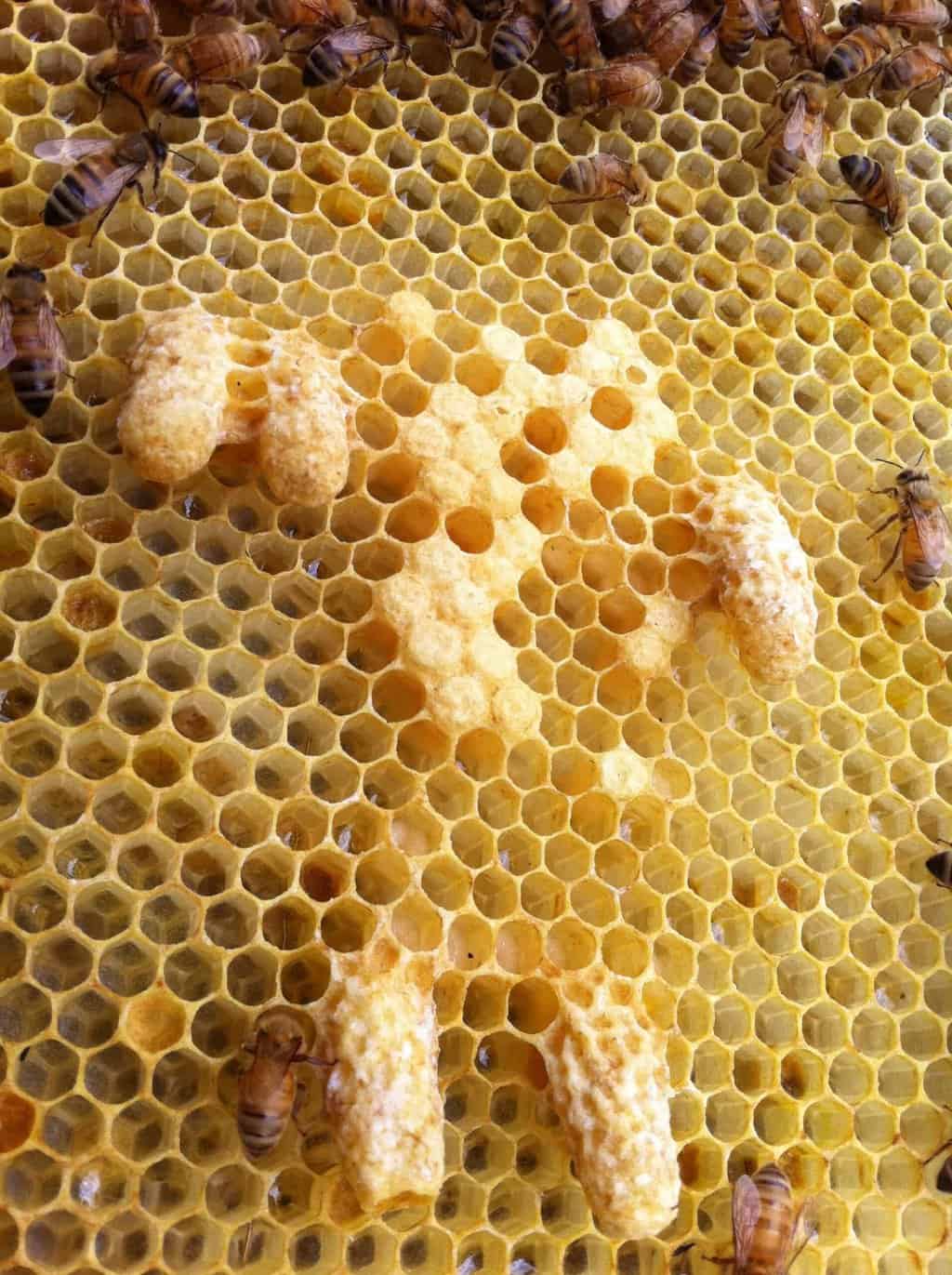Beekeeping is an interesting and rewarding hobby that can give you access to delicious honey, pollination for your garden, and the opportunity to observe the fascinating lives of bees. If you are ready to take your beekeeping to the next level, you may be interested in learning how to make queen bees for your apiary. Queen bees are essential for the health and productivity of your hive, so understanding the basics of queen bee making is beneficial for any beekeeper. In this article, we’ll cover the basics of queen bee making, from the selection of suitable mating stock to the installation of your newly-made queen.
What is a Queen Bee?
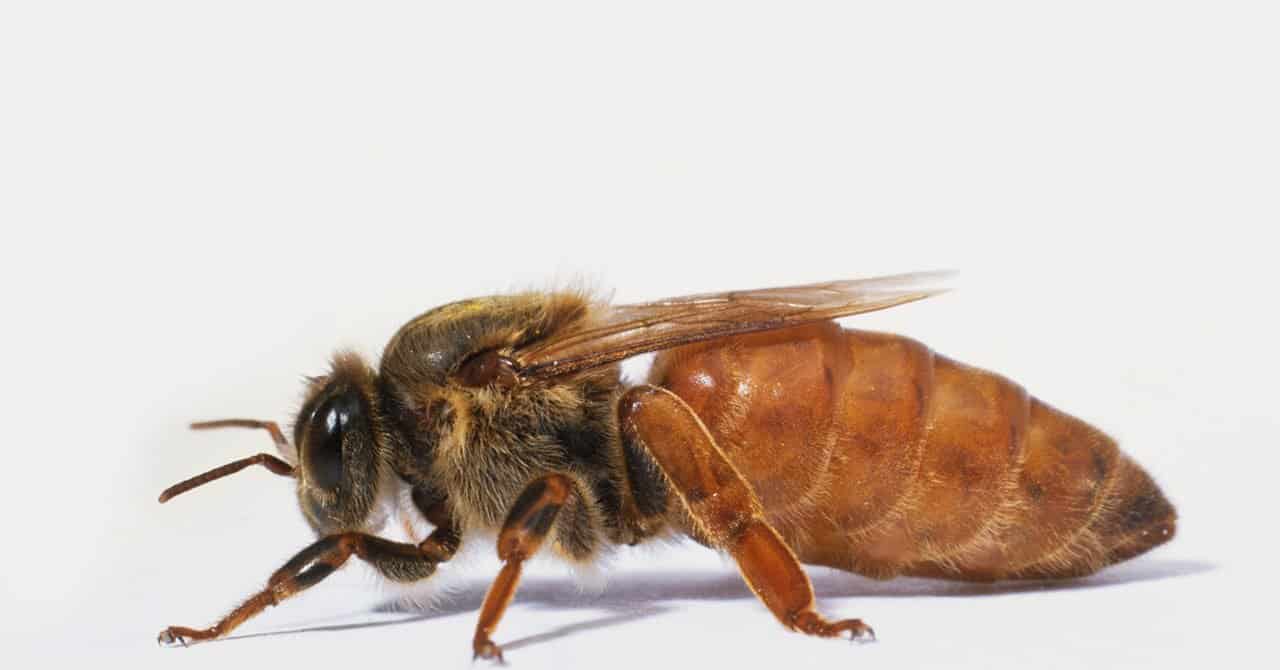
A queen bee is a female bee that is responsible for producing offspring for the colony. Queen bees are the only bees in the hive that can lay eggs and are the leader of the colony. Queen bees are essential to a healthy colony and are necessary for the survival and growth of the colony. Queen bees are larger than other bees in the colony and have a longer lifespan than worker bees. In order for a beekeeper to maintain a healthy and productive apiary, they must have a steady supply of queen bees.
Making queen bees is an important part of beekeeping and is essential for the success of an apiary. Queen bees are produced through a process called “queening” which involves selecting a young larva and providing the right conditions for it to develop into a queen bee. Queen bees are usually produced from existing colonies and to do so, beekeepers must carefully select the right larva and provide the correct environmental conditions for it to develop into a queen bee.
Once the queen bee has been produced, she will be placed in her own queen cell and will be moved to the main colony to mate and lay eggs. Queen bees can lay up to 3000 eggs a day and will remain the leader of the colony for several years. Queen bees are essential for the success of a beekeeping operation and are a critical part of the beekeeping process.
Advantages of Having a Queen Bee
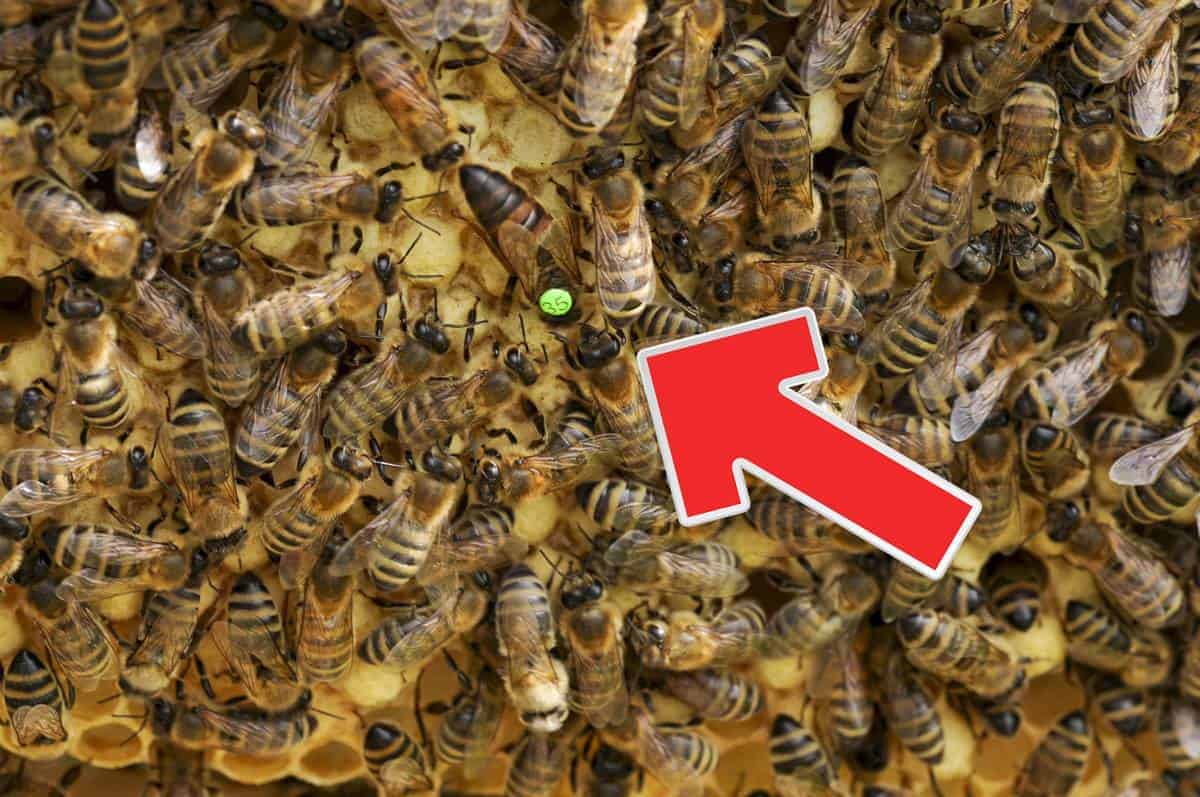
- Produces More Honey: A queen bee is necessary to maintain a healthy and productive hive. It is necessary to produce more honey than a regular bee hive. The queen bee works to lay eggs and produces a pheromone that keeps the other bees in the hive working together.
- Increases the Lifespan of the Colony: A healthy and productive queen bee will live for up to five years. This helps to ensure the longevity of the bee colony as a whole. Without a queen bee, the colony would break apart and die.
- Better Pollination: A queen bee is responsible for the production of the “royal jelly”. This jelly is essential for the pollination of plants and the production of honey. The queen bee also helps to keep the other bees in the hive working together, ensuring better pollination.
- More Productive: With a healthy and productive queen bee, the hive is more productive. The queen bee lays eggs, which results in more bees in the colony. This increases the productivity of the hive, leading to more honey production and better pollination.
To make a queen bee, you will need a queen bee cell, a frame of young bees, and a new queen bee. You need to carefully place the queen bee cell into the frame of young bees. The young bees will feed and groom the queen bee cell until the queen bee hatches and starts laying eggs. The frame of young bees is then put back into the hive and the new queen bee will take over the colony.
Preparing to Make a Queen Bee
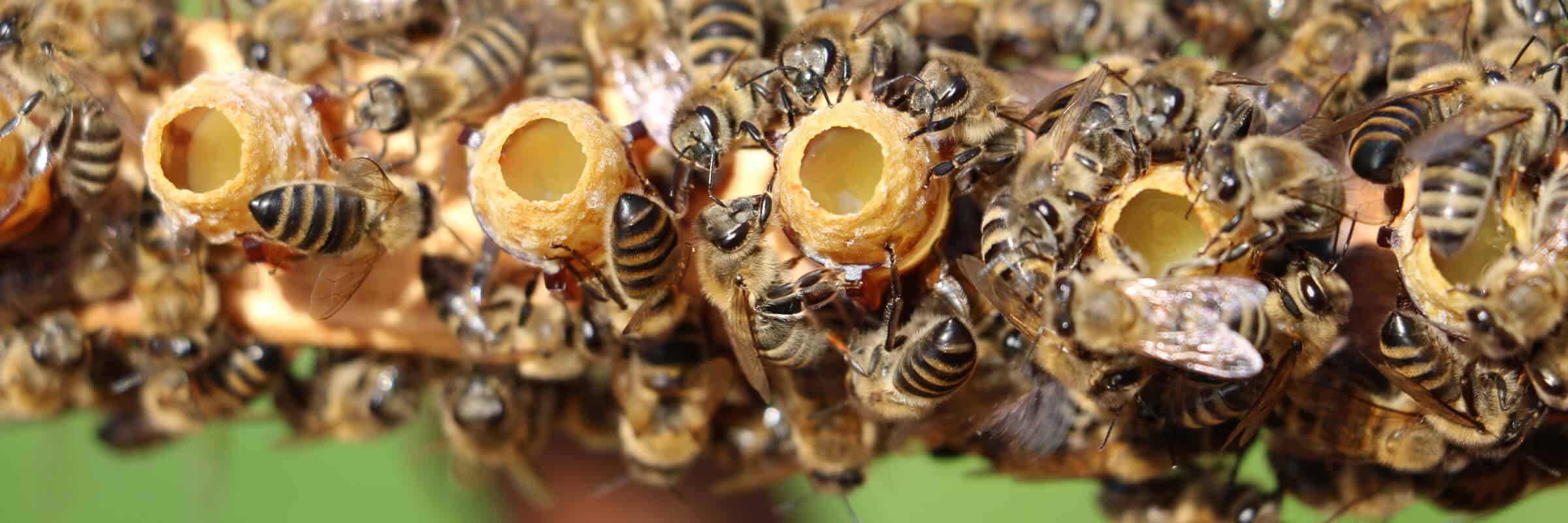
Choosing the Right Hive
Selecting the right hive is key to successful queen bee production. The best hives are those that have a healthy population of worker bees and are free of pests and diseases. If possible, it is best to obtain a queen bee from a hive that you know is disease-free.
Finding and Collecting the Right Queen Bee Eggs
The next step in making queen bees is to find and collect the right queen bee eggs. This is done by locating a healthy queen bee and collecting her eggs from the hive. Collecting the eggs should be done carefully, as the eggs are delicate and can be easily damaged.
Gather Beekeeping Supplies
Once the queen bee eggs have been collected, it is time to gather the necessary supplies for making queen bees. This includes a rearing box, foundation, feeders, and food. Additionally, beekeepers should have protective clothing and a smoker on hand. It is also important to have a good understanding of how to raise honey bee queens, as this is essential for successful queen bee production.
Making a Queen Bee

Creating Queen Cells
Queen cells are produced when larvae are fed a special diet of royal jelly. To create these cells, beekeepers must inspect their hives for eggs and larvae and then transfer them to a queen-rearing frame. This frame should be placed in a queenless colony with plenty of nurse bees to feed the larvae the royal jelly.
Introducing Queen Cells to the Hive
Once the queen cells are ready, beekeepers should introduce them to the hive. This is done by transferring the queen cells to a queenless colony, where they will be accepted and cared for by the nurse bees. It is important to closely monitor the hive during this process to ensure that the queen cells are accepted.
Caring for the Queen Bee
Once the queen cells have been accepted, beekeepers must ensure that the new queen bee is taken care of. This involves providing the queen with ample food and a safe environment in which to lay eggs. Additionally, beekeepers should closely monitor the queen to ensure she is healthy and productive. By following these steps, beekeepers can successfully raise a queen bee and add her to their apiary.
How to Raise Honey Bee Queens
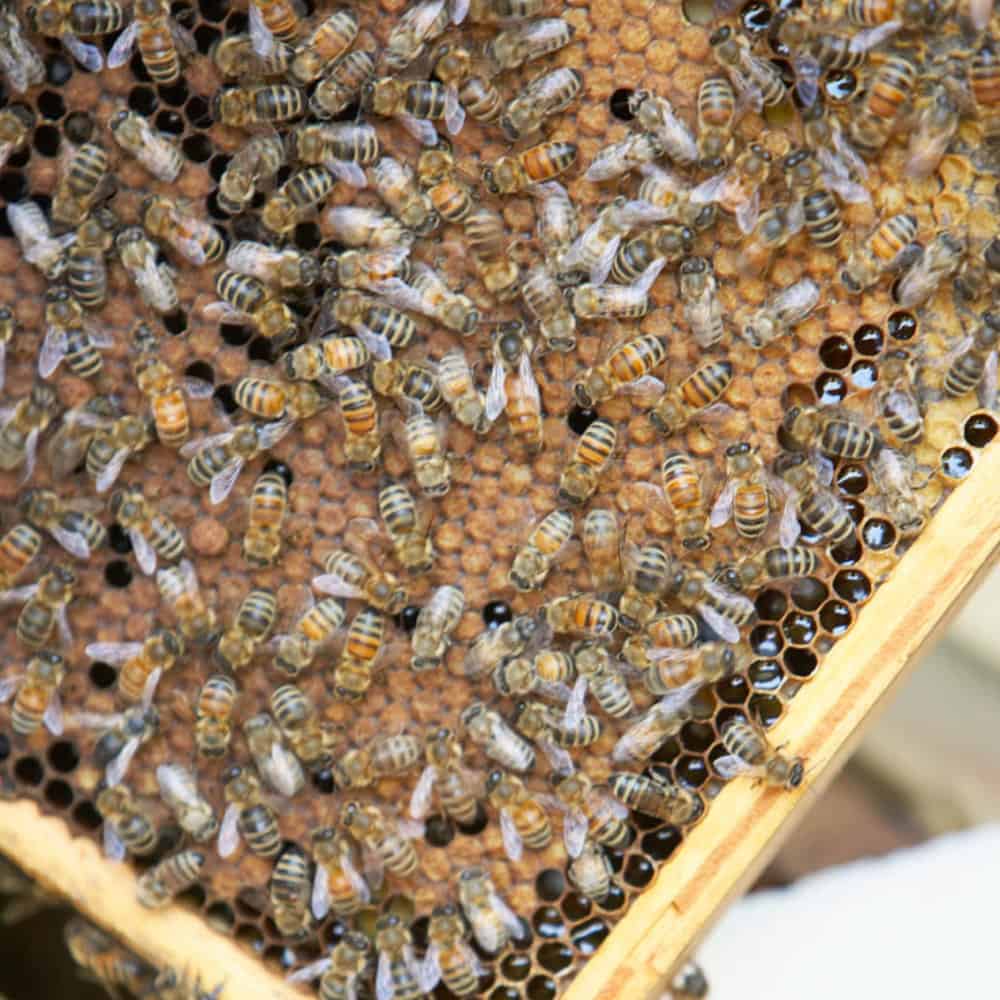
Introducing the Queen Bee to the Hive
When raising queen bees, the first step is to introduce the queen bee to the hive. This is done by placing the queen bee inside the hive and allowing her to interact with the other bees. The queen bee should be introduced to the hive in a controlled way, as too much interaction can lead to aggressive behavior from the other bees. It is important to ensure that the queen bee is accepted by the other bees before she is allowed to lay eggs.
Feeding the Queen Bee
Once the queen bee has been introduced to the hive, she needs to be fed. It is important to ensure that the queen bee has enough food to keep her healthy and strong. This can be done by providing a variety of different foods such as pollen, honey, and nectar. Additionally, the queen bee can be given supplements such as royal jelly or bee pollen to provide her with extra nutrition.
Maintaining the Hive
Lastly, it is important to maintain the hive in order to ensure that the queen bee is healthy and able to lay eggs. This includes removing any old or dead bees from the hive, as well as ensuring that the hive is free from any diseases or pests. Additionally, it is important to monitor the number of bees in the hive, as overcrowding can lead to the queen bee being unable to lay eggs.
By following these steps, you can easily raise queen bees for your apiary and have a healthy and productive colony of bees.
How to Raise a Queen Bee
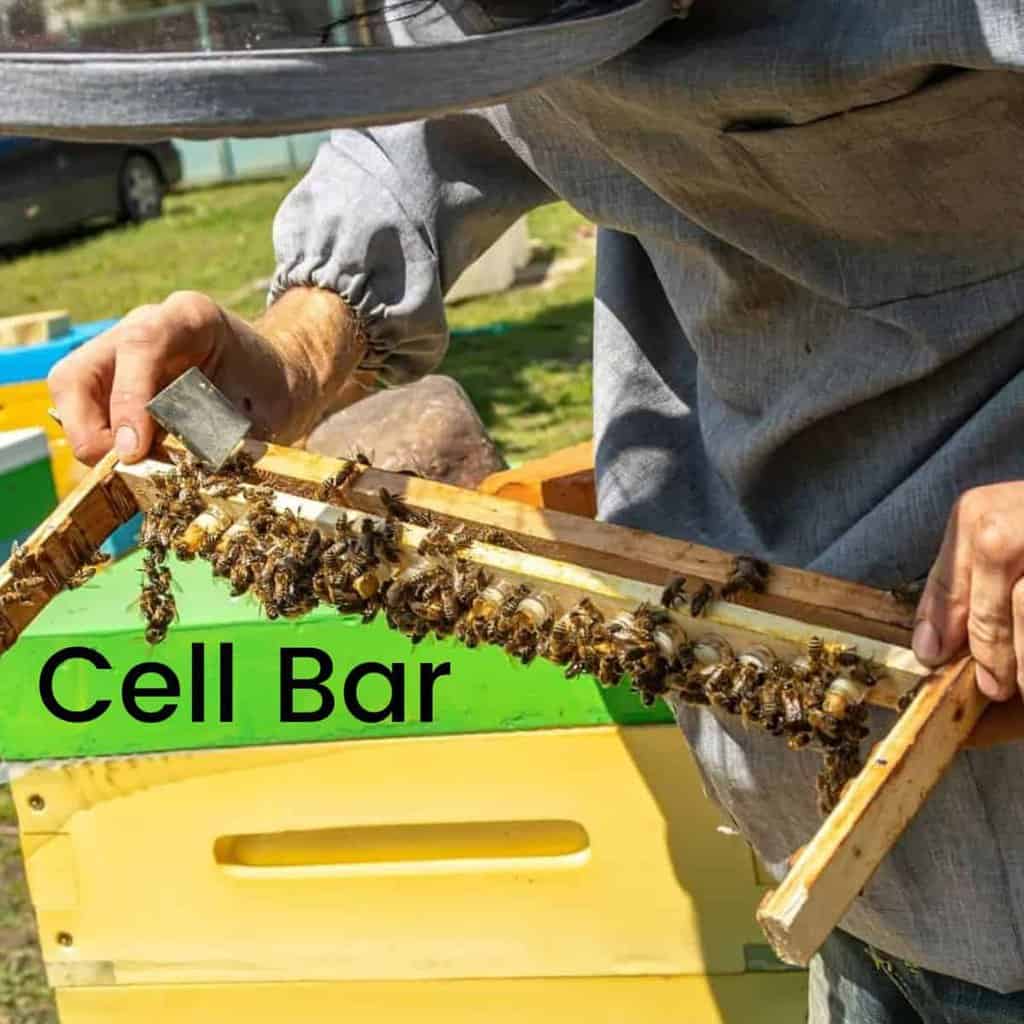
Identifying the Queen Bee
Queen bees are the largest bees in the colony and can be identified by their long ovipositor and extended abdomen. They are the only bees in the colony that are able to lay eggs, making them the most important bee in the hive. Queen bees also have a special pheromone that they secrete to mark their presence and help keep the other bees in line.
Understanding the Life Cycle of a Queen Bee
Queen bees begin their life cycle as larvae, which are fed royal jelly by worker bees. After about 7 days, the larvae will form into pupae and then emerge as an adult queen bee. The queen bee will mate with multiple drones and store their sperm in her spermatheca, which she will use to fertilize her eggs.
Providing the Right Environment for a Queen Bee
Queen bees require a specific environment in order to thrive. They need a temperature between 85-95°F, a humidity level between 40-50%, and plenty of food and water. Queen bees should also be placed in a queen castle, which is specially designed to protect them from predators and provide them with a safe space to lay eggs. Additionally, beekeepers should regularly monitor the health of their queen bee and replace her if necessary.
By providing the right environment, beekeepers can ensure that their queen bee is healthy and productive, and can help them create a thriving apiary. With a little bit of knowledge and the right supplies, beekeepers can learn how to make queen bees for their apiary.
How to Make Queen Bees
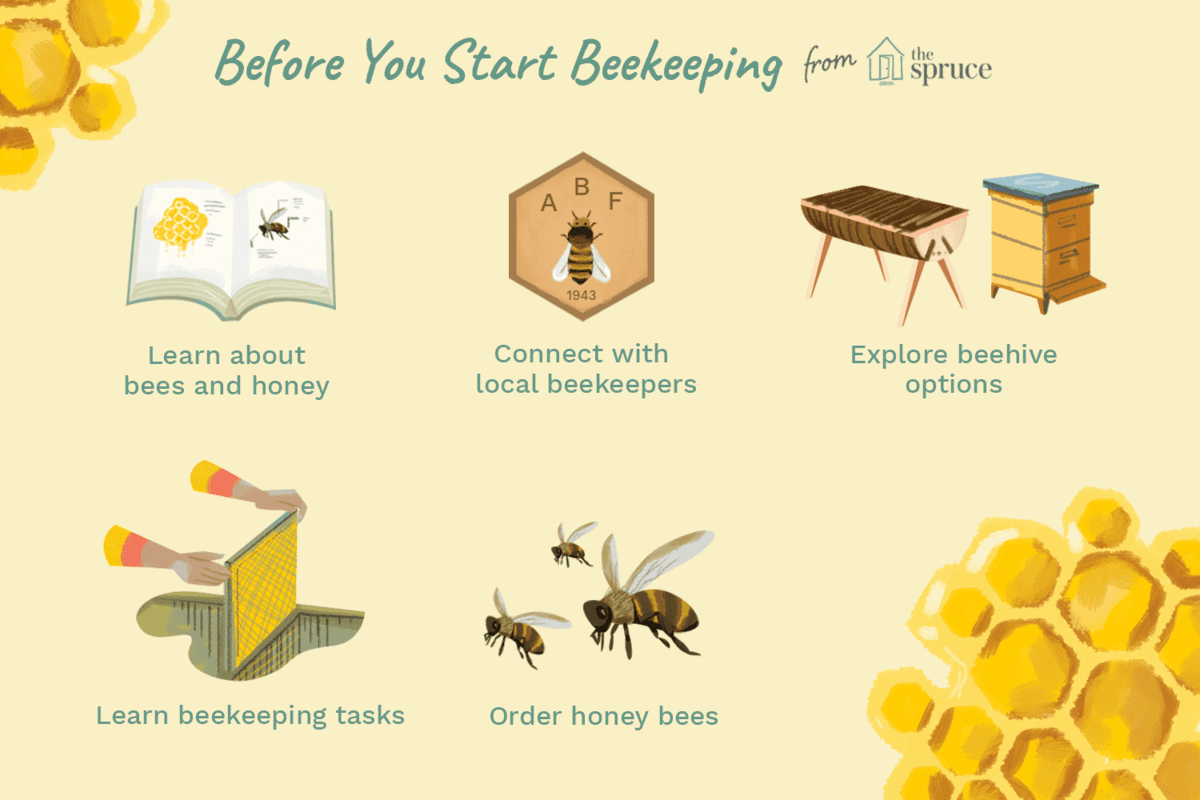
Setting Up the Queen Rearing System
The first step in making a queen bee is to set up the queen rearing system. This includes creating a frame for the queen cells, as well as providing an adequate nectar and pollen source for the bees. You will also need to ensure that the environment is suitable for the queen cells to develop.
Making Queen Cells
Once the queen rearing system is set up, the beekeeper can begin making queen cells. Queen cells are created by the bees themselves, who feed larvae royal jelly to turn them into queens. The beekeeper will need to provide the bees with the materials to create the cells and ensure that the larvae are fed the proper amount of royal jelly to become queens.
Releasing the Queen Bee
Once the queen cells have developed, the beekeeper will need to release the queen bee. This is done by carefully removing the queen cell from the frame and releasing it into the hive. The queen bee will then take over the hive, laying eggs and creating a new colony.
Making a queen bee is an involved process that requires knowledge and skill. However, with the right tools and guidance, any beekeeper can learn how to make queen bees for their apiary.
How to Make Queen Bee
Creating the Queen Bee’s Environment
The queen bee’s environment should be kept clean and free from debris. Make sure the area is well ventilated and protected from the elements. The temperature should be kept between 18-24 °C (65-75 °F). The humidity should be kept between 40-60%.
Preparing the Queen Bee’s Food
Queen bee food should consist of a mixture of pollen, honey, and royal jelly. Pollen helps to increase the bee’s energy levels, while honey helps to regulate the bee’s metabolism. Royal jelly is a special food that only queens eat and helps them to develop their reproductive organs.
Introducing the Queen Bee to the Hive
After the queen bee has been prepared, it is important to introduce her to the hive in a gentle and gradual way. She should be placed in the center of the hive and allowed to get used to the other bees. Once she is settled, the other bees will begin to accept her as the queen.
Frequently Asked Questions
What Are the Benefits of Having Queen Bees in an Apiary?
- Produce Healthy and High-Quality Honey – Queen bees play an important role in the production of healthy and high-quality honey. The queen bee is responsible for controlling the size of the hive and regulating the temperature inside the hive. The queen bee also produces pheromones that encourage the worker bees to focus on collecting nectar and pollen, which contribute to the high-quality honey.
- Encourage Pollination – By producing pheromones that attract other bees to the hive, the queen bee helps to encourage pollination. This is beneficial for the surrounding environment, as pollination is essential for the growth of plants and crops.
- Increase the Number of Bees in the Apiary – Queen bees are responsible for the reproduction of the colony. As the queen bee lays eggs, the number of bees in the apiary increases, creating a more productive and successful apiary.
- Decrease the Risk of Disease – Queen bees are responsible for ensuring that the colony remains healthy. The queen bee will lay eggs that are free from disease, ensuring that the bees in the apiary remain healthy and strong.
What supplies do I need to make queen bees?
In order to make queen bees for your apiary, you will need: a queen rearing frame, grafting tools, queen rearing cups, drones, and a hive with a laying queen. Additionally, you will need protective clothing, a smoker, and a bee brush to handle the bees safely.
How long does it take to make queen bees?
- Step 1: Obtain a Queen Cell Cup – The first step in making queen bees is to obtain a queen cell cup. This cup is used to create the queen cell in which the future queen bee will develop. The queen cell cup should be purchased from a beekeeping supplier.
- Step 2: Prepare the Queen Cell Cup – The queen cell cup should be prepared before inserting it into the hive. This involves cleaning the cup, sterilizing it and then placing it in an appropriate location in the hive. It should be noted that the queen cell cup should not be placed directly on the frames, as this could cause the larvae to become infected.
- Step 3: Insert the Queen Cell Cup into the Hive – Once the queen cell cup is prepared, it should be inserted into the hive. The cup should be placed in an area that is free from other bees and is not too close to the entrance of the hive. This will ensure that the queen will not be disturbed during her development.
- Step 4: Introduce the Queen Cell Cup to the Bees – After the queen cell cup is inserted into the hive, the bees will need to be introduced to it. This is done by introducing a few worker bees to the queen cell cup. These worker bees will then take the queen cell cup back to the queen and lay eggs in it.
- Step 5: Wait for the Queen to Emerge – Once the eggs have been laid, the queen should emerge from the queen cell cup in around 16-21 days. If the queen does not emerge after this time, the queen cell cup should be removed and the process should be repeated.
It typically takes 16-21 days for the queen to emerge from the queen cell cup. This process should be repeated if the queen does not emerge after this time.
What is the Process for Making Queen Bees?
Queen bees are essential for any successful apiary, as they are the holders of the hive’s genetic code. To make a queen bee, beekeepers must use a process called grafting. This involves taking small larvae, usually less than 24 hours old, from a healthy brood, and placing them in a royal cell cup. The royal cell cup, a plastic cup-shaped device, is then placed into a queenless hive. The workers in the hive will then feed the larvae royal jelly, which will transform the larvae into a queen bee. After the queen bee has emerged, the beekeeper will either introduce her into an existing hive, or create a new hive with her as the matriarch.
Are there any special techniques for making Queen Bees?
Making Queen Bees is a specialized art, which involves grafting larvae from healthy worker bees into specially designed queen cups. After being transferred into the queen cups, the larvae are placed in a specially designed queen-rearing hive, where they are fed royal jelly and monitored for development. Once the queens emerge from their queen cups, they are placed in mating nucs where they can mate with drones. The mated queens are then transferred to a full-sized hive, where they will lay eggs and become the new queen of the colony.
Conclusion
Creating queen bees for your apiary can be a rewarding experience, and once you’ve mastered the basics, you can be sure of a successful apiary. All it takes is a little patience, the right environment, and the right supplies to start your own queen bee production. With that, you will be well on your way to becoming an expert beekeeper.
